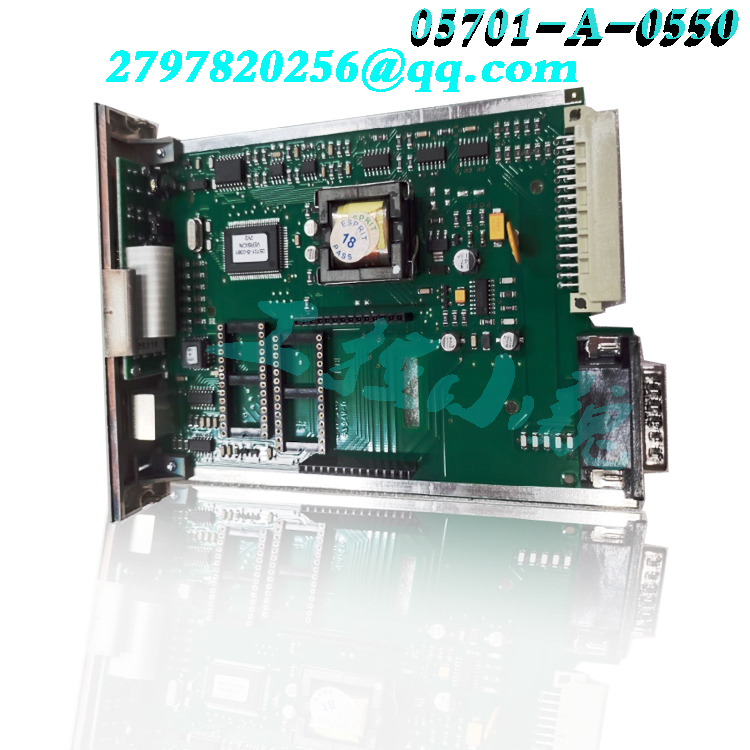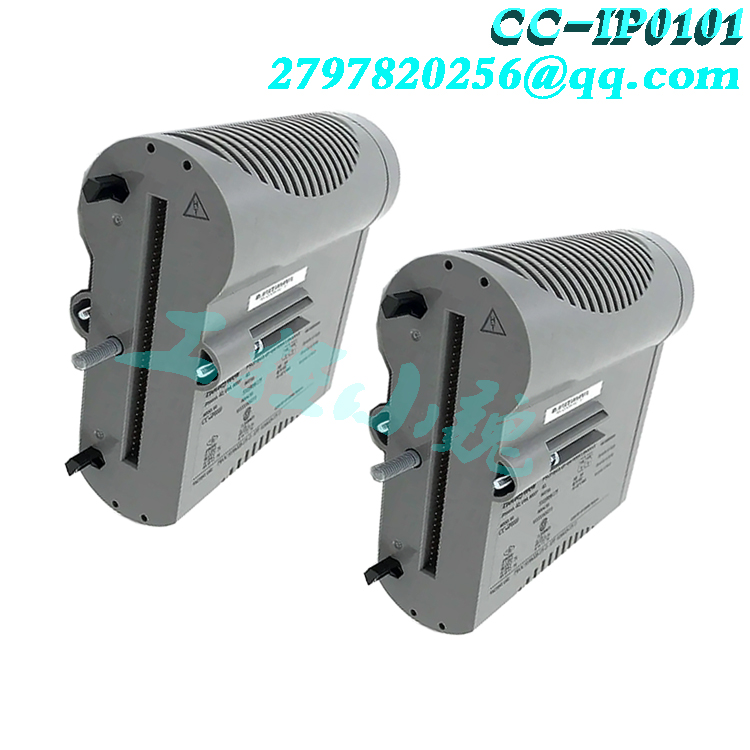cpu中控制器的功能是什么 控制器是整个CPU的指挥控制中心,由指令寄存器IR (InstructionRegister)、程序计数器 PC (ProgramCounter)和操作控制器0C (OperationController)三个部件

组成,对协调整个电脑有序工 作极为重要。下面是小编给大家整理的一 些有关介绍,希望对大家有帮助! cpu 中控制器的功能简单介绍 (一)运算器 1、算术逻辑运算 单元ALU(Arithmetic
and Logic Unit) ALU主要完成对二进制数据的定点算术运算(加减乘除)、逻辑运算(与或非异或)以及移位操作。在 某些CPU中还有专门]用于处理移位操作的移位器。 通常ALU由两个输入端

和一一个输出端。整数单元有时也称为IEU(Integer Execution Unit)。我们通 常所说的"CPU是XX 位的”就是指ALU所能处理的数据的位数。 2、浮点运算单元FPU(Floating Point Unit)
FPU 主要负责浮点运算和高精度整数运算。有些FPU还具有向量运算的功能,另外- -些则有专门]的 向量处理单元。 3、通用寄存器组. 通用寄存器组是一组快的存储器,脒保存参加运算的
操作数和中间结果。 在通用寄存器的设计上, RISC与CISC有着很大的不同。CISC的寄存器通常很少, 主要是受了当时 硬件成本所限。比如x86 指令集只有8个通用寄存器。所以, CISC的CPU执行

是大多数时间是在访问存 储器中的数据,而不是寄存器中的。这就拖慢了整个系统的速度。而 RISC系统往往具有非常多的通用 寄存器,并采用了重叠寄存器窗口和寄存器堆等技术使寄存器资源得What is the function of the controller in the CPU? The controller is the command and control center of the entire CPU. It consists of three parts: instruction register (IR), Program Counter (PC), and Operation Controller (0C)

Composition is extremely important for coordinating the orderly work of the entire computer. Below are some relevant introductions organized by the editor for everyone, hoping to be helpful! Introduction to the Functions of the Controller in the CPU (1) Arithmetic Unit 1 (ALU)
ALU mainly performs fixed-point arithmetic operations (addition, subtraction, multiplication, division), logical operations (AND or non XOR), and shift operations on binary data. In some CPUs, there are also shifters specifically designed to handle shift operations. Usually, ALU consists of two inputs
And one output terminal. An integer execution unit is sometimes referred to as an IEU (Integer Execution Unit). The commonly used term 'CPU is XX bits' refers to the number of bits of data that ALU can process. 2. Floating Point Unit (FPU)
FPU is mainly responsible for floating-point operations and high-precision integer operations. Some FPUs also have vector operation capabilities, while others have specialized vector processing units. 3. Universal register set A universal register set is the fastest set of memory, which stores the data involved in operations
Operands and intermediate results. RISC and CISC have significant differences in the design of general-purpose registers. CISC usually has very few registers, mainly due to the limitations of hardware costs at that time. For example, the x86 instruction set only has 8 general-purpose registers. So, CISC's CPU executes
Most of the time, it is accessing data in memory, not in registers. This slows down the entire system. RISC systems often have a large number of general-purpose registers and use techniques such as overlapping register windows and register stacks to allocate register resources




